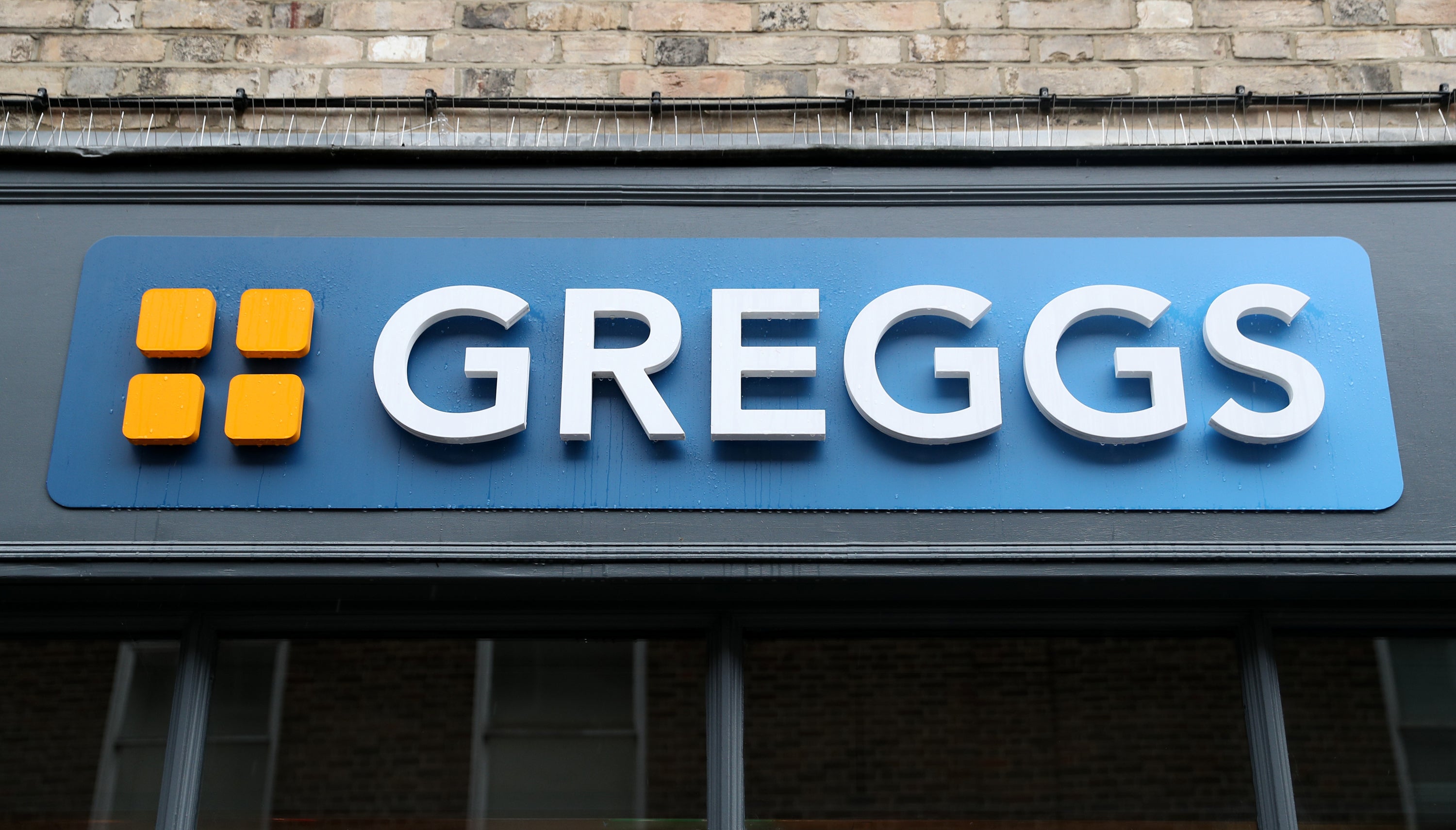Distribution of Greggs vs Pret is the true sign of the North-South divide, study says
Researchers from Sheffield Hallam University have finally settled the debate on the North-South divide

Your support helps us to tell the story
From reproductive rights to climate change to Big Tech, The Independent is on the ground when the story is developing. Whether it's investigating the financials of Elon Musk's pro-Trump PAC or producing our latest documentary, 'The A Word', which shines a light on the American women fighting for reproductive rights, we know how important it is to parse out the facts from the messaging.
At such a critical moment in US history, we need reporters on the ground. Your donation allows us to keep sending journalists to speak to both sides of the story.
The Independent is trusted by Americans across the entire political spectrum. And unlike many other quality news outlets, we choose not to lock Americans out of our reporting and analysis with paywalls. We believe quality journalism should be available to everyone, paid for by those who can afford it.
Your support makes all the difference.The distribution of Greggs vs Pret A Manger stores is the true sign of the North-South divide, a new study suggests.
Researchers from Sheffield Hallam University set out to test the anecdotal perception that the ratio of Pret to Greggs stores indicates whether a town can be considered northern or southern.
Popular bakery brand Greggs’ commercial competitor Pret A Manger is often associated with the south, with London alone hosting over half of the chain’s UK store locations.
In December 2022, Pret A Manger had 434 shops – 273 of which were in the capital. Its first UK outlet arrived in Hampstead, north London in 1986.
By contrast, Greggs has its roots in the north, with the first store opened in 1939 in Tyneside.
The research model compared the geographical distribution of Greggs and Pret locations with Gross Domestic Household Income (GDHI) – mapped along two lines – and found that they matched “remarkably” well.
The “tongue-in-cheek” analysis concluded that the majority of England’s wealth is concentrated in London, as are most of Pret A Manger’s locations.
Titled “The greggs-pret index: a machine learning analysis of consumer habits as a metric for the socio-economic north- south divide in England”, the paper also “aims to highlight more serious factors highlighting the North-South divide, such as life expectancy, education, and poverty.”

“The food we eat is a very good indicator of whether someone is northern or southern. Greggs is very popular in the north, where people do seem to prefer a steak bake,” said Dr Robin Smith, the physicist at Sheffield Hallam University who led on the new study.
“We are fascinated by the north-south divide, so it is good to have a way of working out where it starts.”
However, “Since Greggs produced the vegan sausage roll … it has become more popular in the south, so this might not be a marker of northernness for that much longer”, Dr Smith added.
The study also assessed the locations of supermarkets Morrisons and Waitrose, finding that the geographical distribution of these two brands could also be placed close to the Watford Gap.
South of Birmingham, Watford Gap is an area near the village of Watford, Northamptonshire which has historically been used to divide the North from the South.




Join our commenting forum
Join thought-provoking conversations, follow other Independent readers and see their replies
Comments